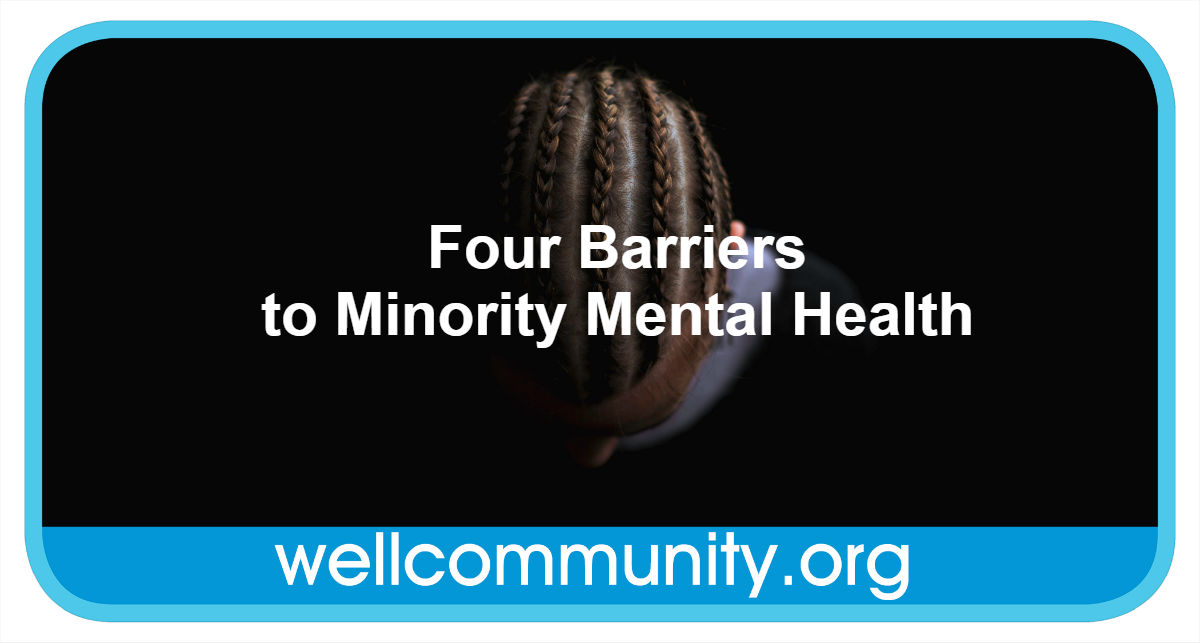 Mental illnesses impact people of all ethnicities and backgrounds. While treatment can make these conditions more manageable, many minority populations face challenges that make it more difficult for them to get the care they need. When left untreated, mental health issues can become more severe and can make life with them increasingly difficult to navigate.
Mental illnesses impact people of all ethnicities and backgrounds. While treatment can make these conditions more manageable, many minority populations face challenges that make it more difficult for them to get the care they need. When left untreated, mental health issues can become more severe and can make life with them increasingly difficult to navigate.
Many minority groups are less likely to receive care for mental health issues. A study published by the Substance Abuse and Mental Health Services Administration (SAMHSA) revealed that white adults were approximately twice as likely as black and Hispanic adults to have used a mental health service in the past year.
The Well Community helps diverse groups of individuals living with serious mental illness obtain access to care and provides a supportive environment that encourages recovery. Approximately half of those who received services through The Well in 2016 were members of a minority population.
Numerous factors can prevent minority populations from seeking care for mental health challenges, and in some cases, quality care isn’t an option. Below are four barriers that often stand in the way of treatment.
Stigma
Some cultures tend to view mental illness as weakness or punishment from God. This can lead to attitudes that discourage those who are struggling from seeking help. They may be told to simply be stronger or urged to pray away their condition, even when they need professional care.
Sometimes stigma takes the form of silence. Many communities simply don’t talk about mental health, and the lack of conversation about it can create a sense of shame around mental illness and seeking treatment. Those who struggle are less likely to know they’re not alone and find support in pursuing recovery.
Lack of Culturally Competent Health Care Providers
Culture plays a big role not only in how people view mental illness, but also in how they describe symptoms and approach treatment. To give accurate diagnoses and provide quality care, psychologists, psychiatrists and other health care professionals must consider the cultural factors that impact their patients. But, many care providers don’t have an adequate understanding of how culture colors the experiences of those under their care.
Lack of Insurance
The SAMHSA study found that lack of insurance coverage or the cost of mental health services was the most frequently cited reason for not seeking treatment for mental illnesses. Many minority groups are less likely to have health insurance that covers mental health care, often making the cost of treatment out of reach.
Poverty
Poverty tends to disproportionately affect minority populations. Not only does living below or close to the poverty line increase the risk of experiencing mental health challenges, but it also decreases the likelihood of having health insurance and transportation to and from appointments. In addition, those living in poverty are more likely to be homeless, which presents multiple barriers to mental health and obtaining care.
Your gift will help The Well continue to provide support and a place to belong for members of all backgrounds.
Give now.
